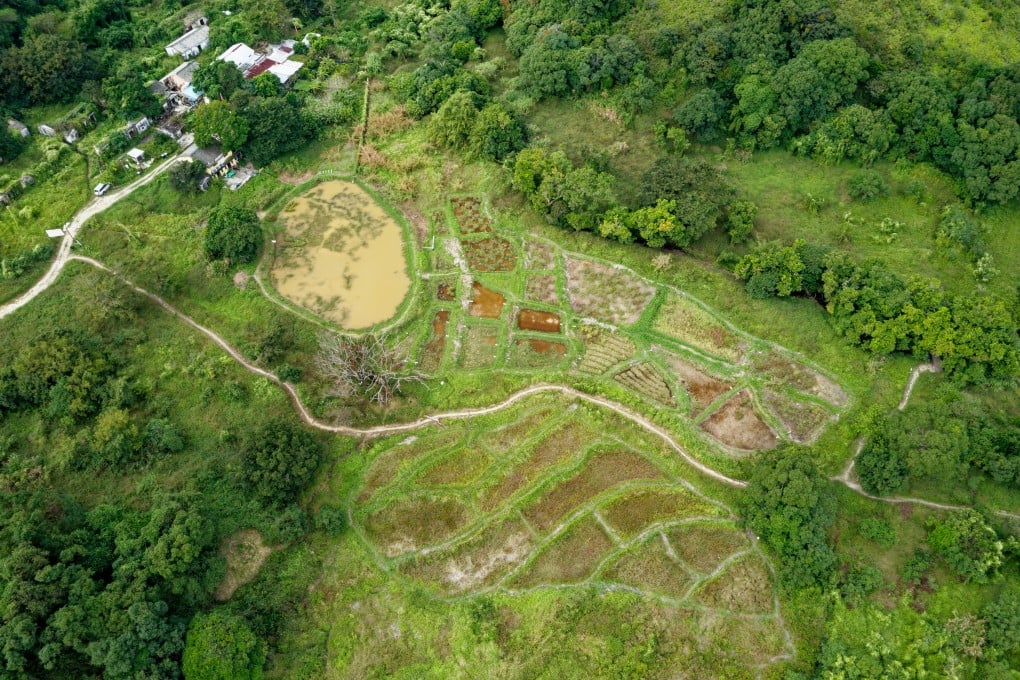How ‘battlefield’ Hong Kong countryside area marred by land-development saga is taking steps to become a conservation hotspot
- After a long land battle left the natural environment around remote Sha Lo Tung scarred, naturalists are stepping in and wildlife is returning. For now

Although Hong Kong’s bucolic Sha Lo Tung area is less than 4km (2.5 miles) from the bustle of Tai Po Market – a satellite town of high-rise residential blocks and shopping malls in Hong Kong’s northeastern New Territories – the only road in is narrow, angling up a wooded hillside before curling around into a small valley, ending just above a burbling stream.
The basin floor spreading out from either side is undulating, and a worn track leads past a fence marking the boundary of an organic farm.
Nearby, a fading information board introduces six of the butterfly species found at Sha Lo Tung, and a couple of minutes beyond, the dirt road ends at the village of Cheung Uk, where around 50 houses cluster beneath a tall forest.
These are small, mainly in the village style typical of rural Hong Kong before the 1970s, each with an indoor living space and a loft for sleeping below the roof. No one lives here now, and most of the houses are in varying stages of decay, with roofs collapsed, brick walls crumbling.

Walk past the first couple of rows, and you might have to look beneath resurgent vegetation to find the ruins of buildings abandoned decades ago.
